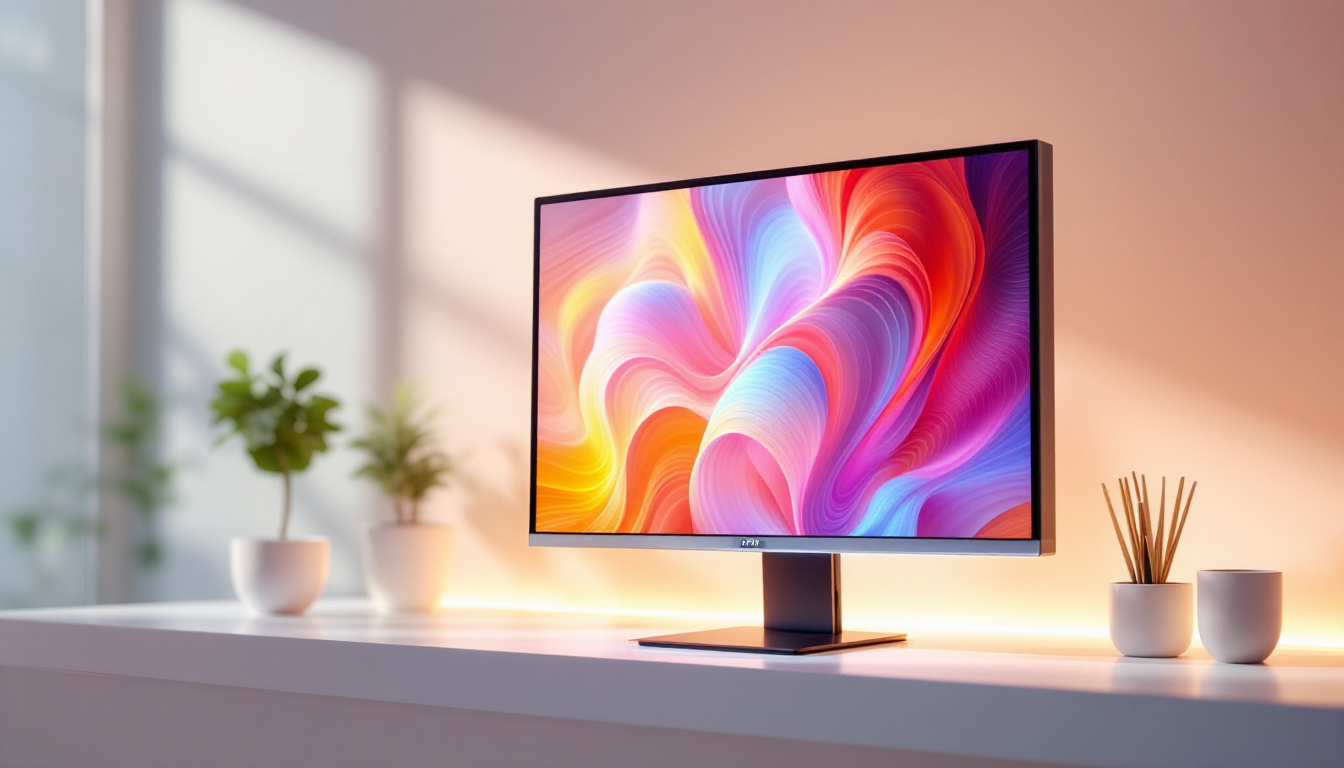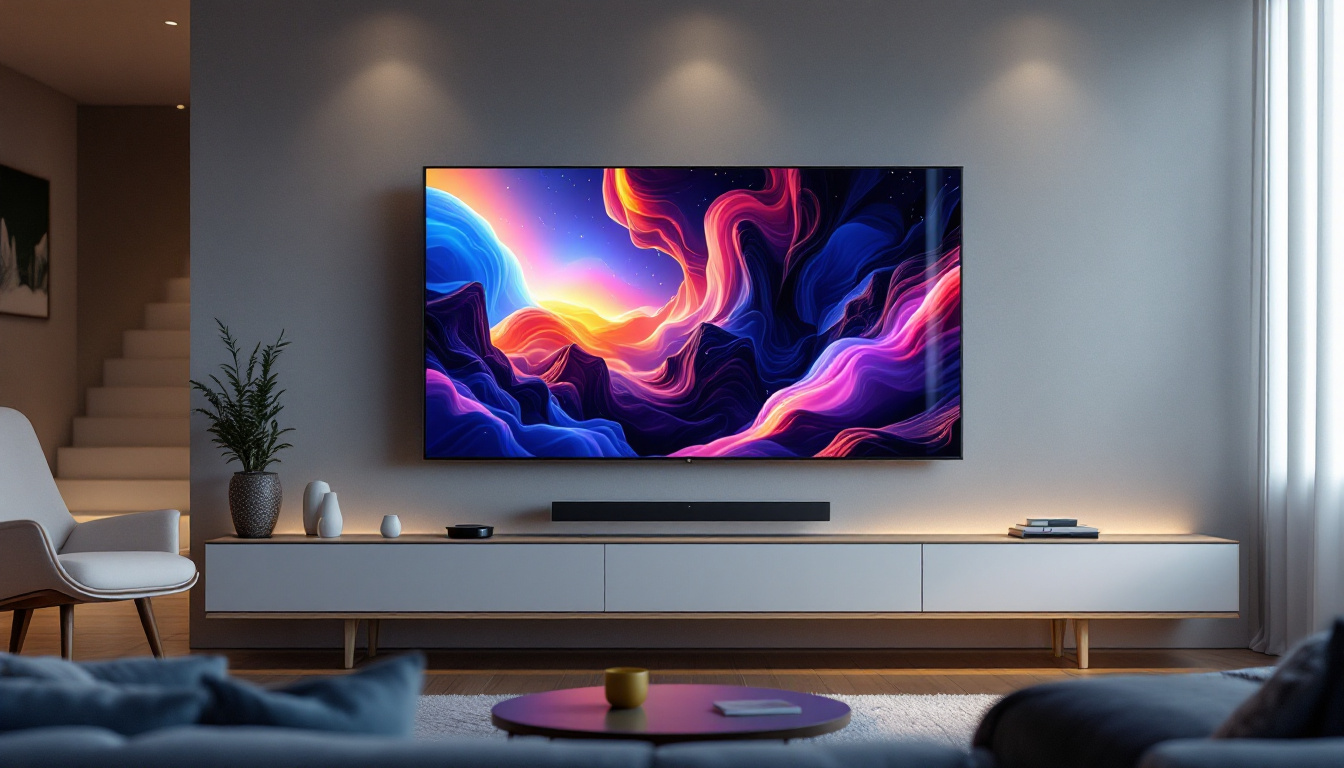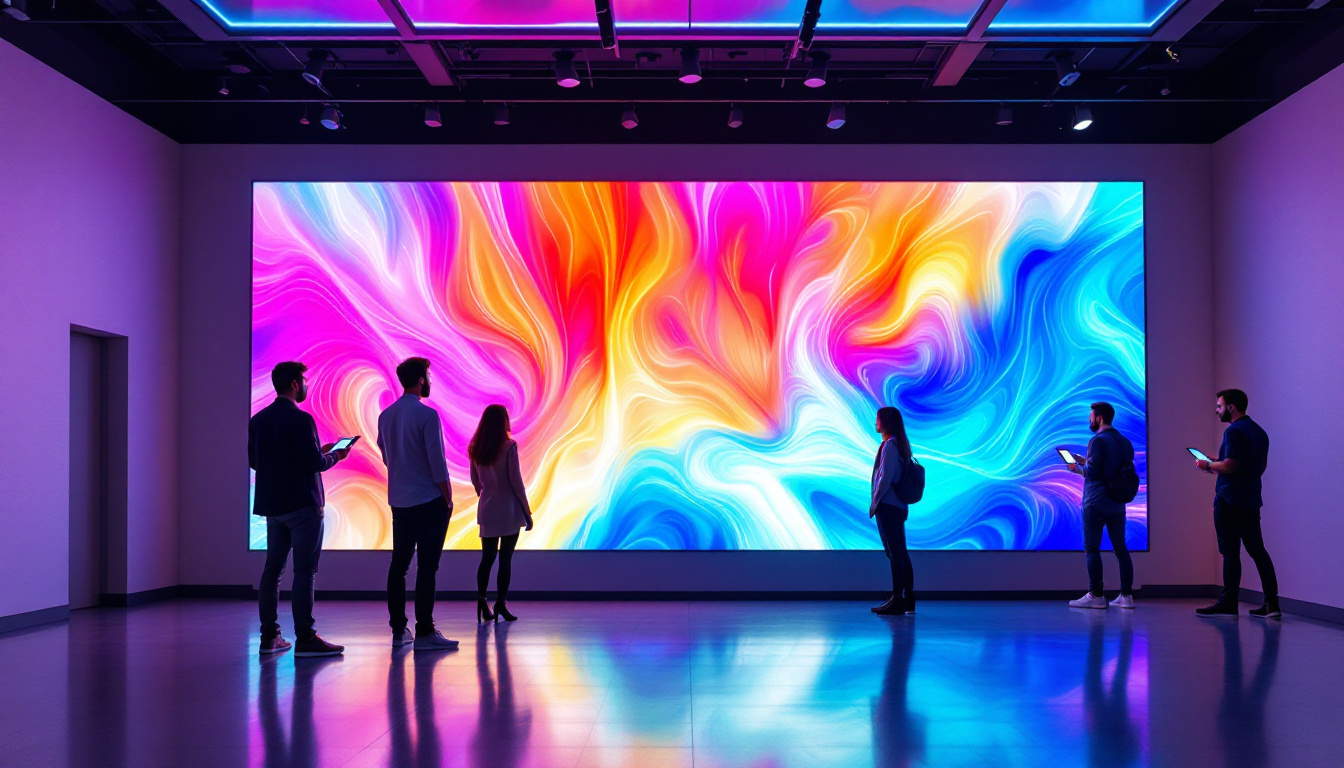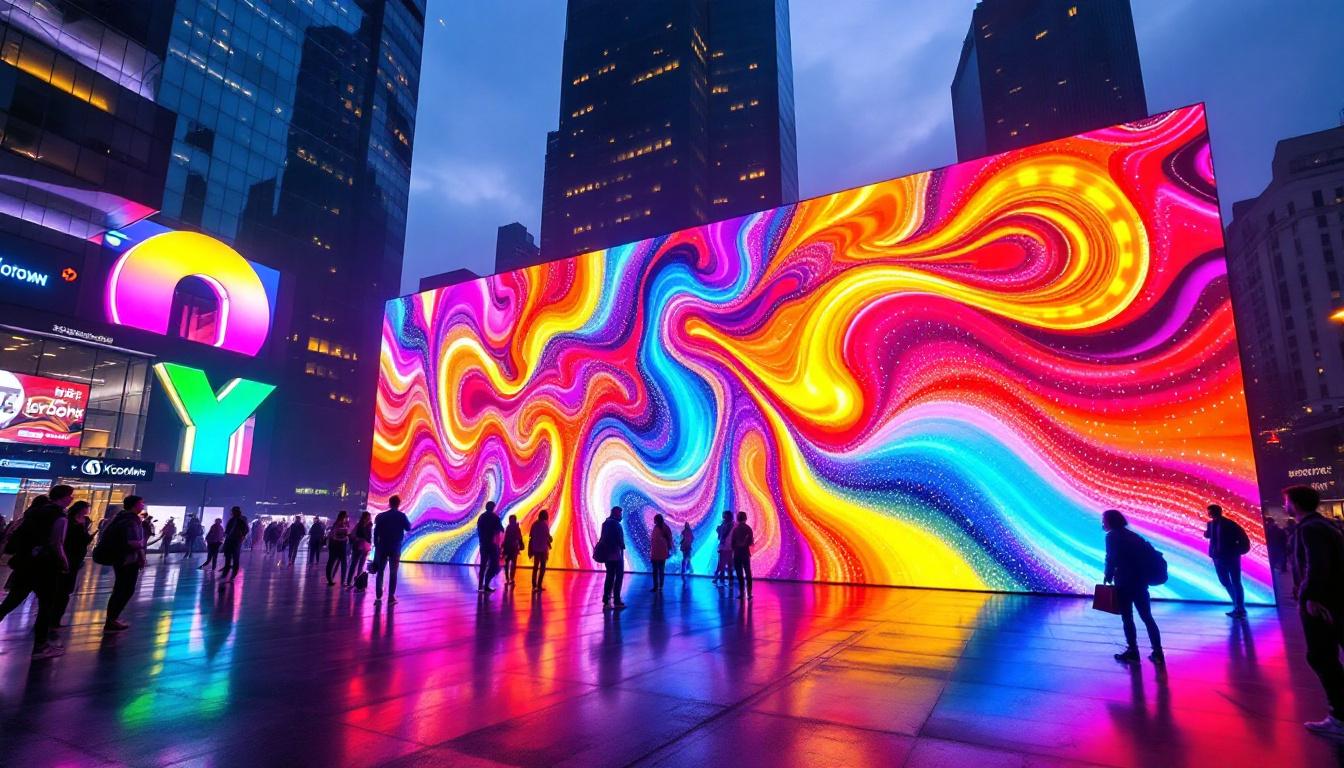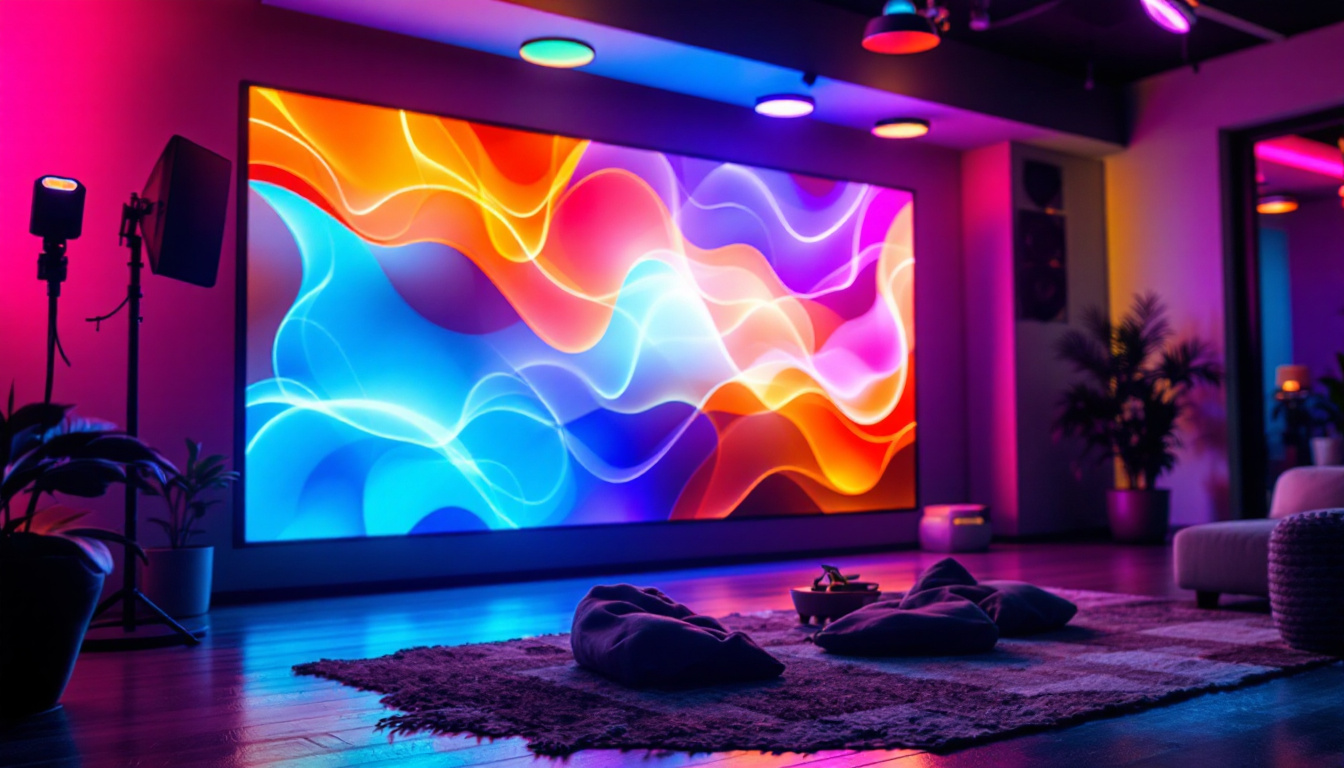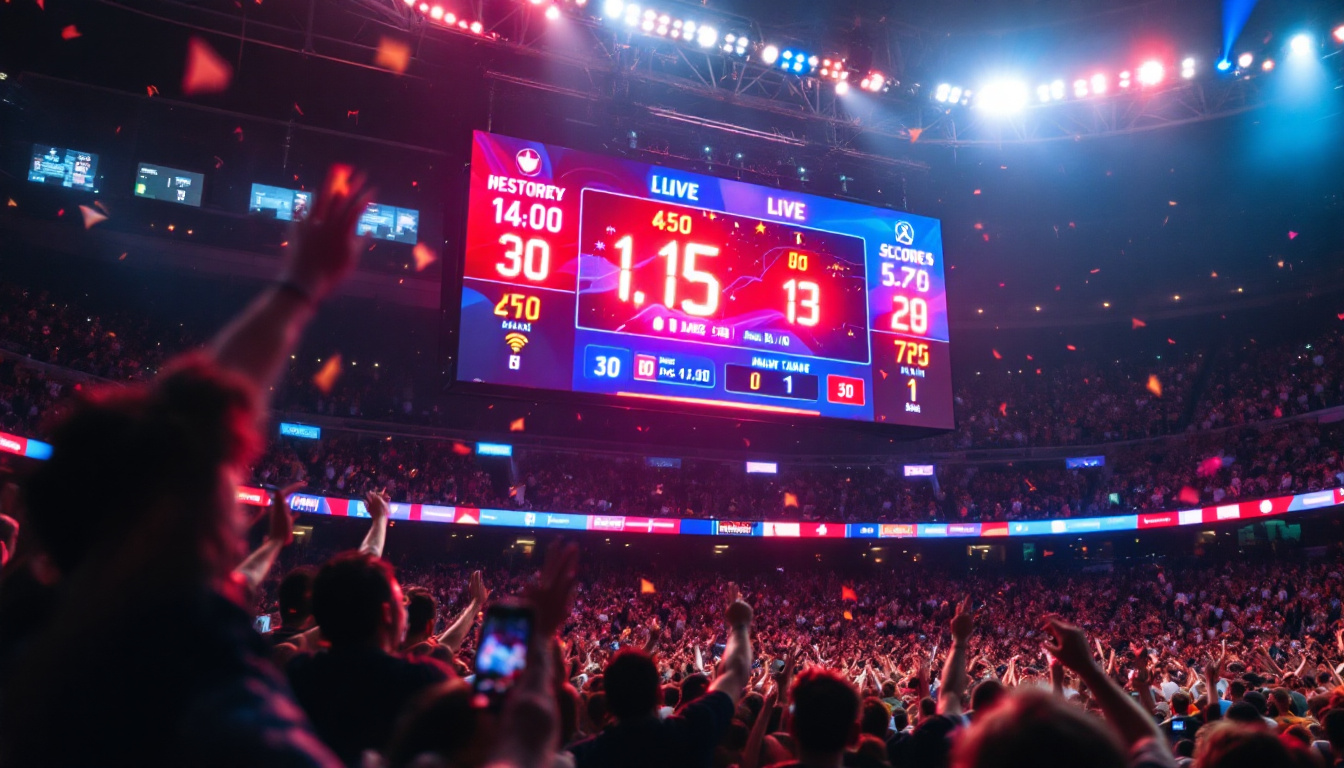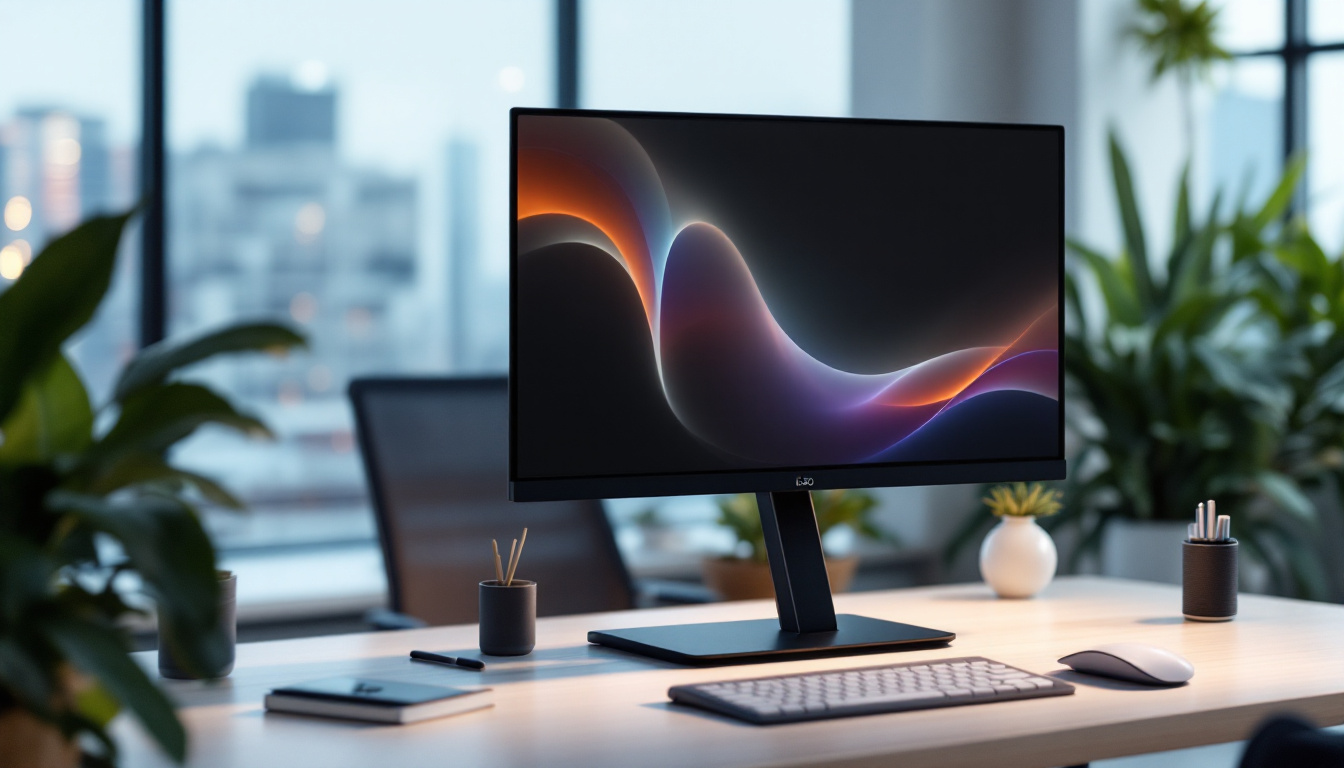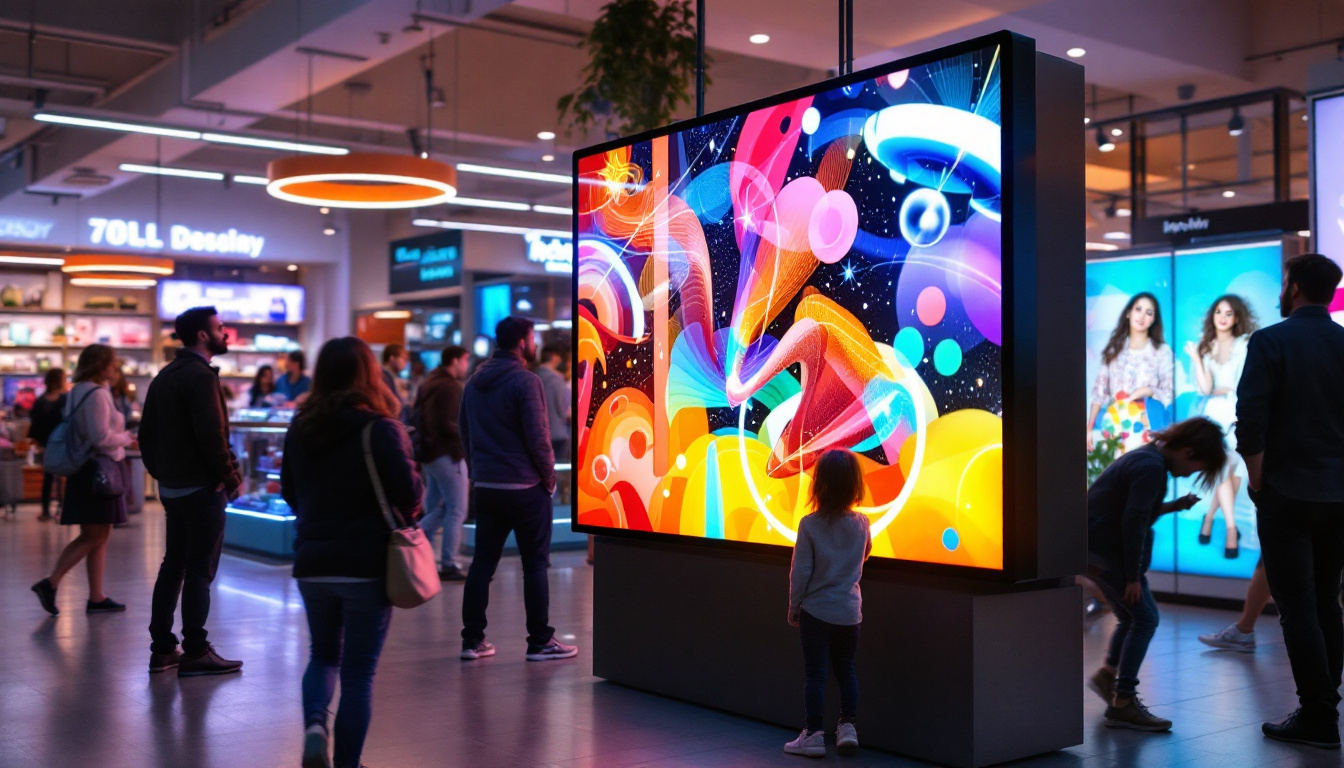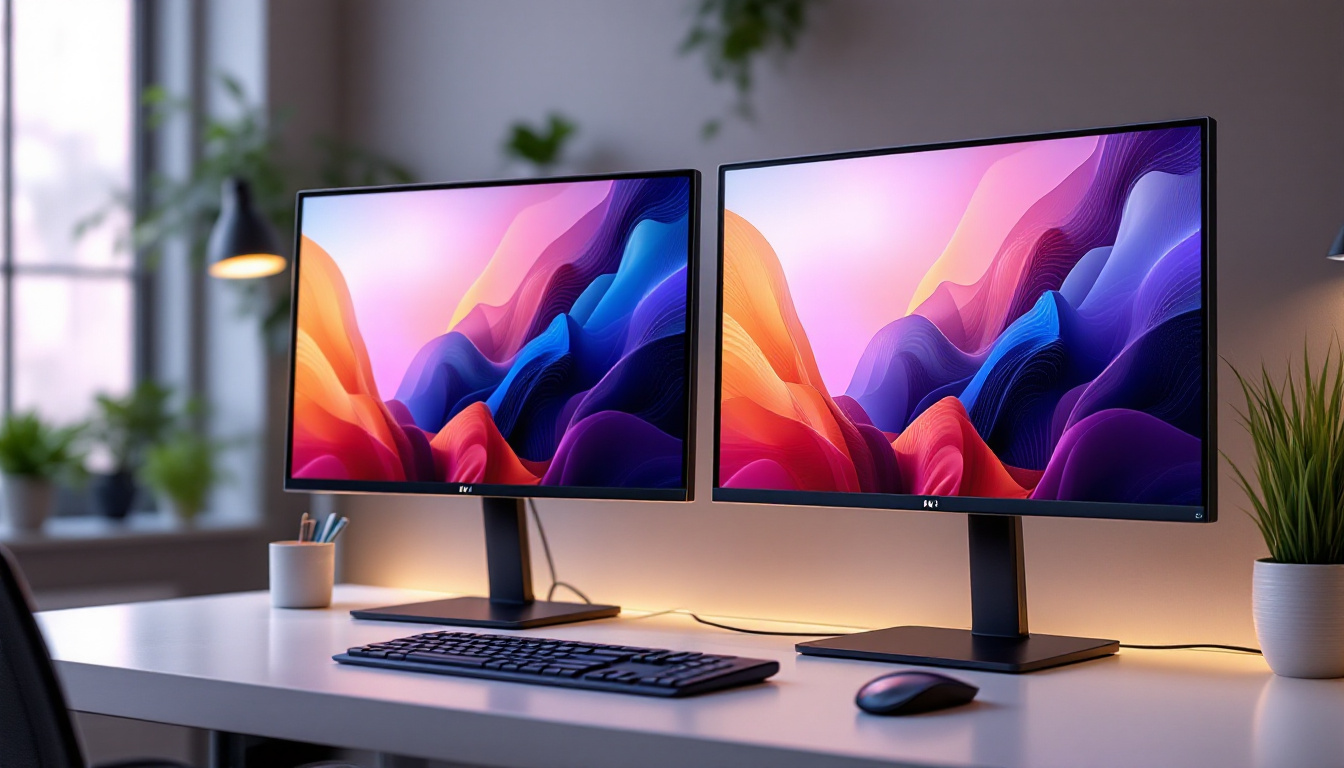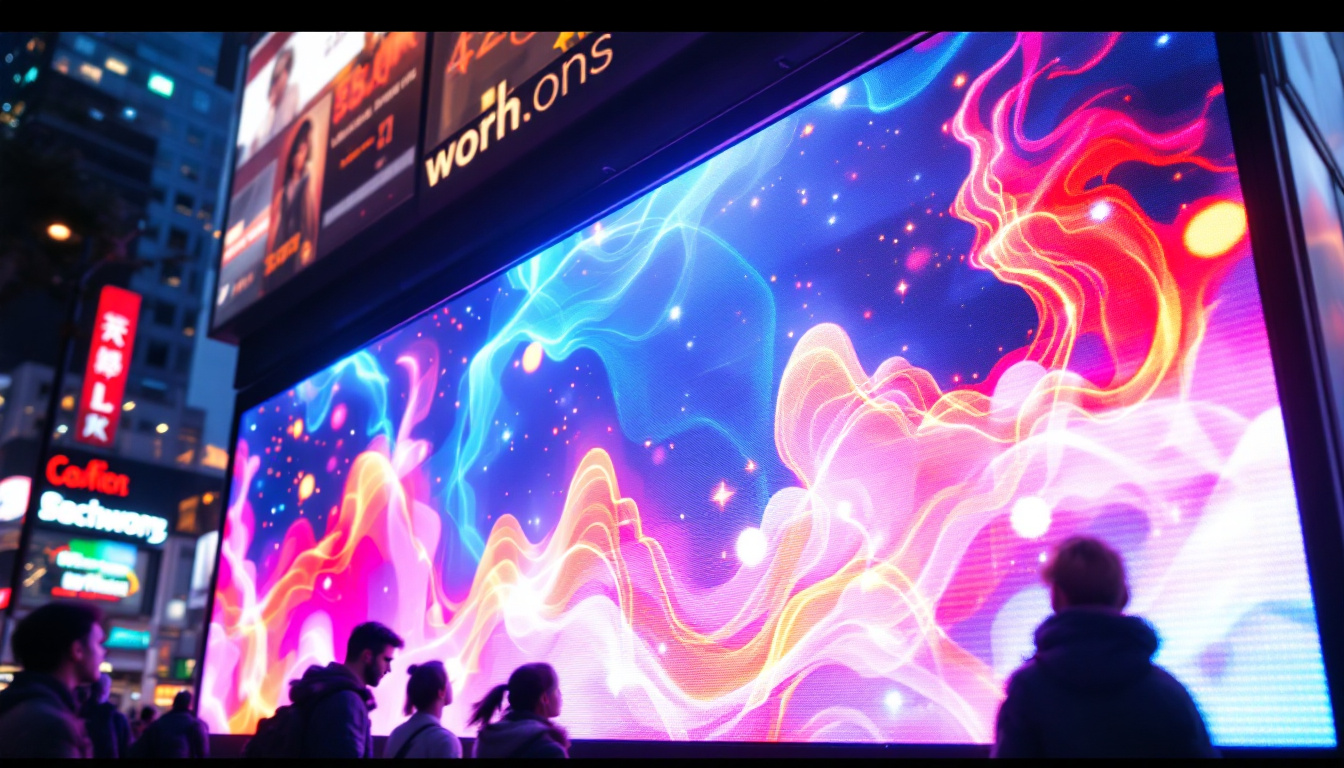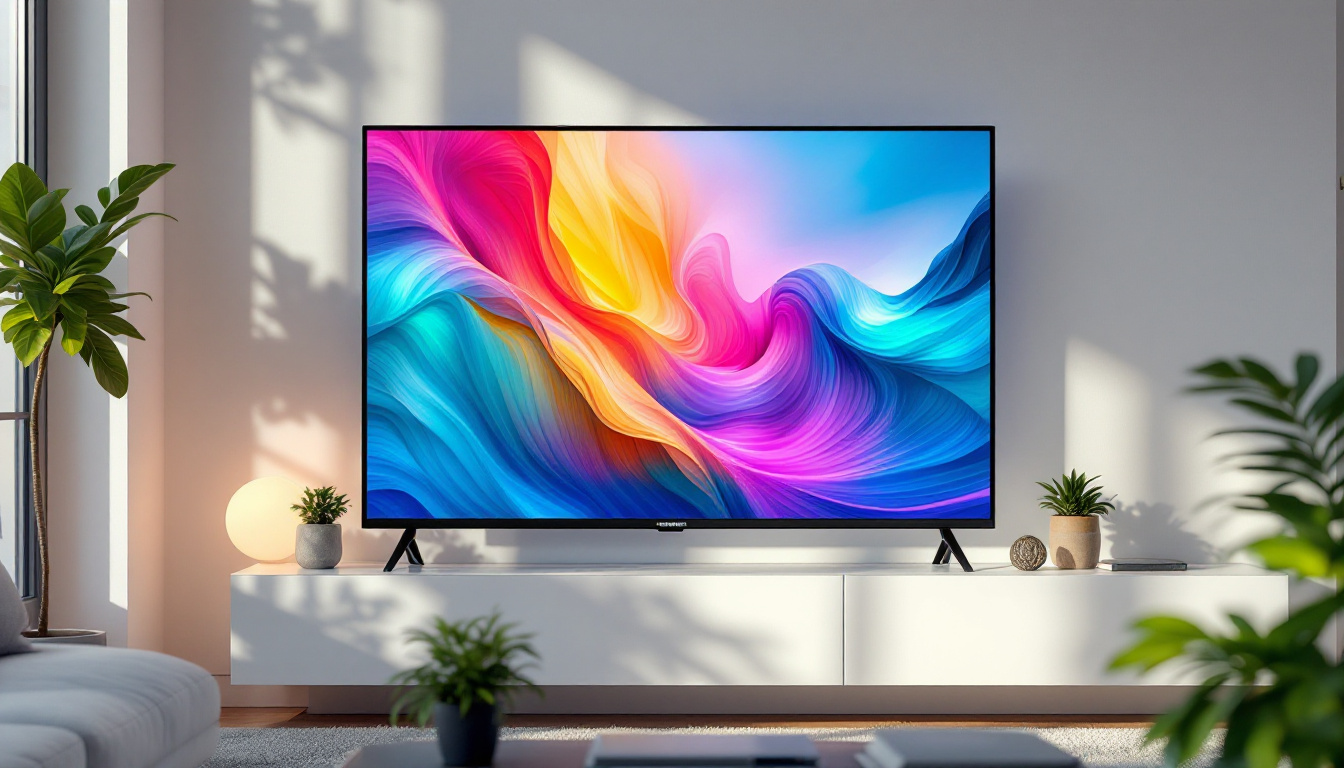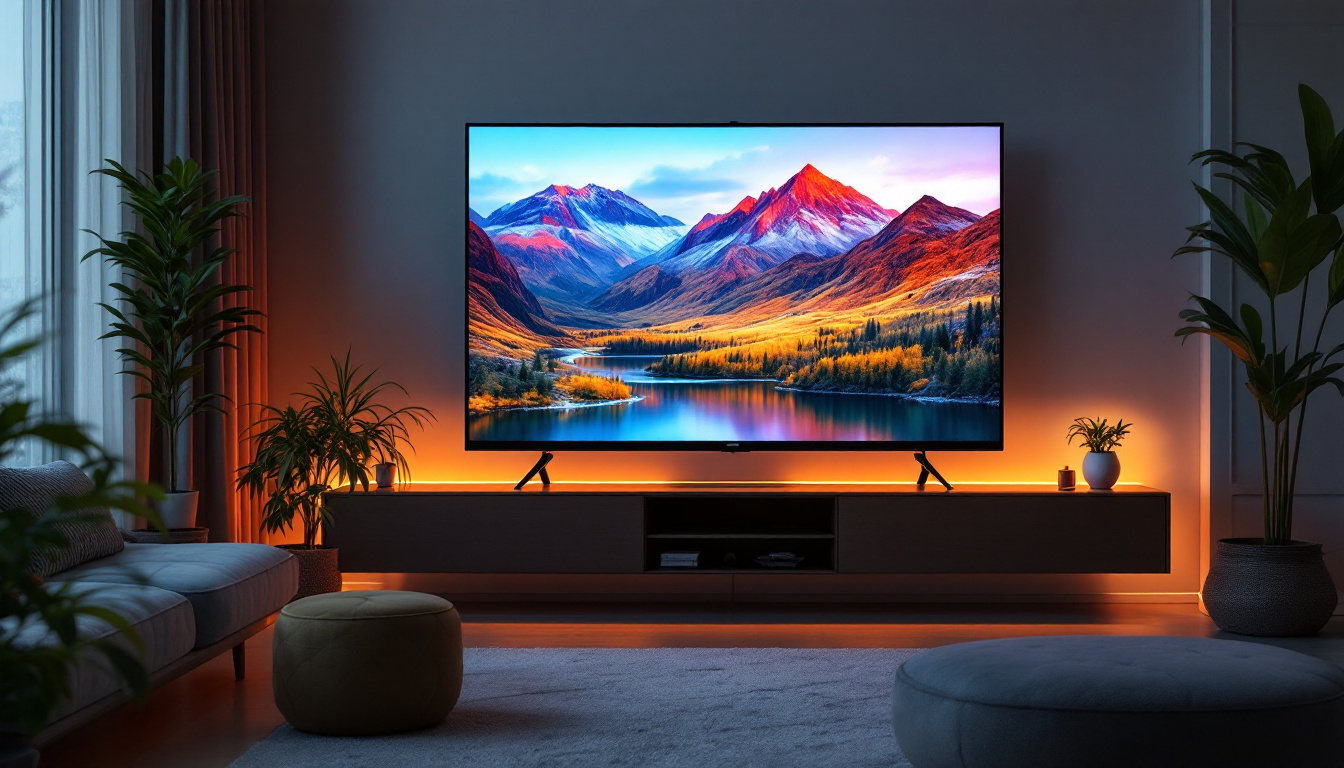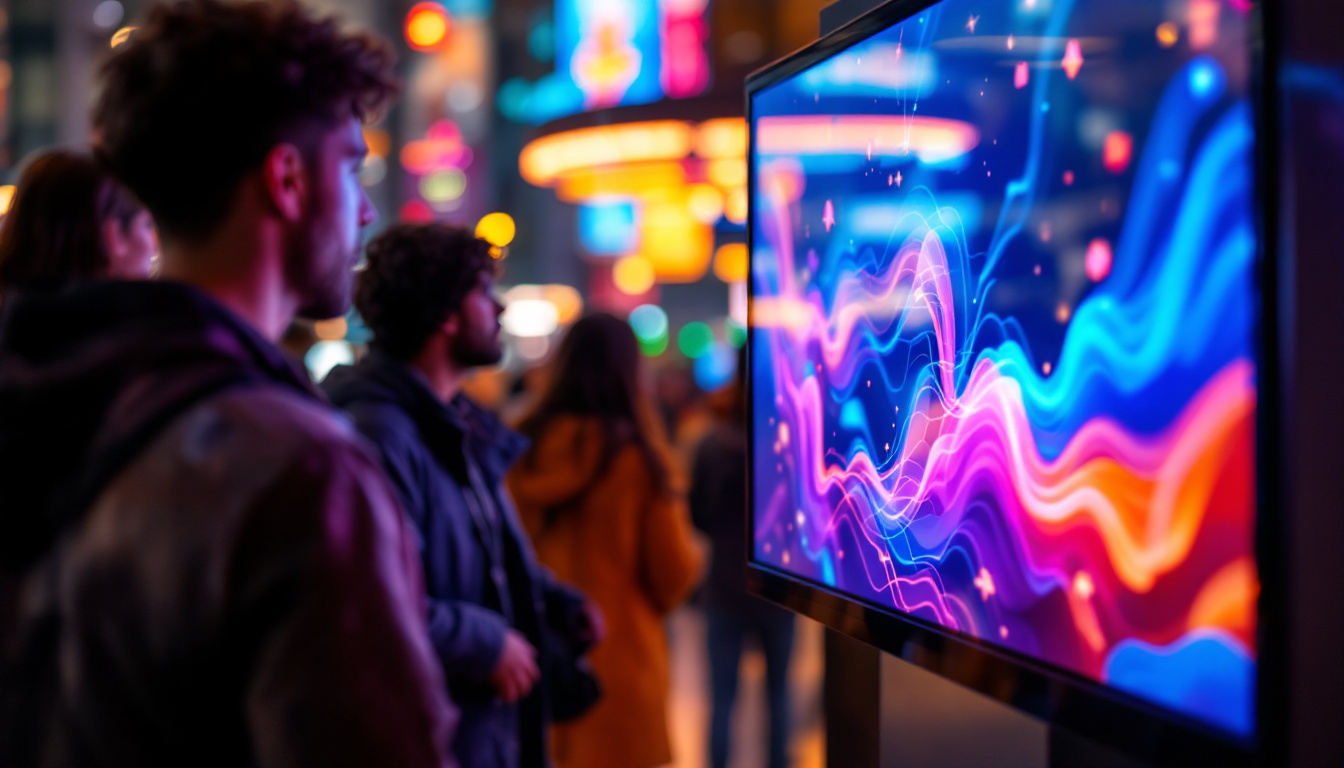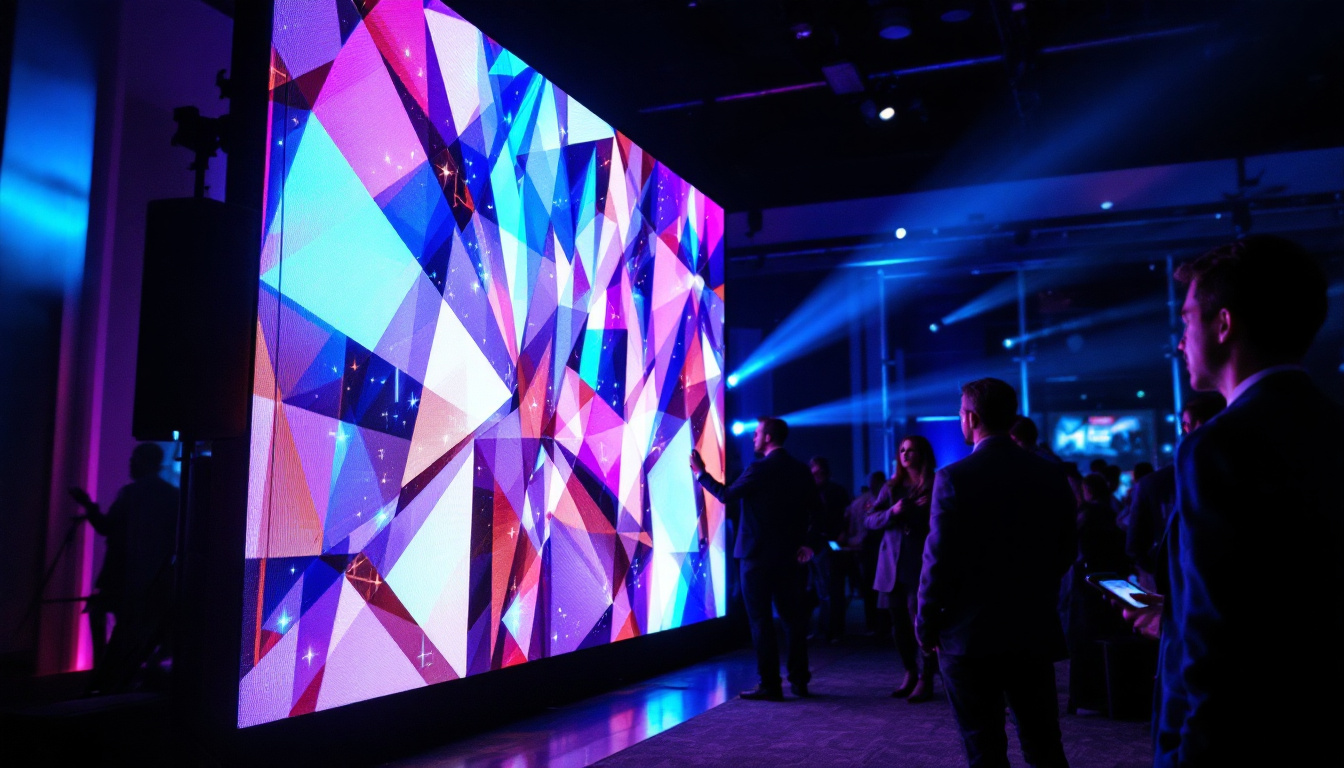In the rapidly evolving world of technology, transparent monitors have emerged as a fascinating innovation that combines functionality with aesthetics. These cutting-edge displays are not just a novelty; they hold the potential to revolutionize various industries, from retail to education. This article delves into the workings of transparent monitors, their applications, and the future they promise.
What is a Transparent Monitor?
A transparent monitor is a display that allows users to see through it while still providing visual content. This unique feature is achieved through advanced LED technology, enabling the screen to project images and videos without obstructing the view behind it. Unlike traditional displays, transparent monitors blend seamlessly into their surroundings, creating an immersive experience. The applications of transparent monitors are vast, ranging from advertising to interactive installations, where the ability to see through the screen can enhance the overall user experience. For instance, in retail environments, transparent displays can showcase products while simultaneously allowing customers to view the store layout, making it easier for them to navigate and engage with the merchandise.
How Transparent Monitors Work
At the core of a transparent monitor is a specialized LED display that utilizes a combination of transparent materials and innovative display technologies. The screen is constructed using a transparent substrate, often made of glass or acrylic, which allows light to pass through. By employing OLED (Organic Light Emitting Diode) technology, these monitors can emit light and color while maintaining transparency. The intricate design of transparent monitors also involves sophisticated circuitry that helps manage the light output and color accuracy, ensuring that the images displayed are not only visible but also vibrant and captivating. This technology opens up new avenues for creative applications, such as augmented reality experiences where digital content can be overlaid on the real world, enhancing user interaction.
The transparency level can vary depending on the design and technology used. Some monitors can achieve up to 90% transparency, making them nearly invisible when not in use. This feature is particularly advantageous in environments where aesthetics and visibility are crucial, such as retail spaces and museums. In museums, for example, transparent displays can provide additional context to exhibits without detracting from the physical artifacts on display. By overlaying information or animations on top of the exhibit, visitors can gain a richer understanding of the items, making the experience more engaging and educational.
Types of Transparent Displays
Transparent monitors come in various forms, each catering to different needs and applications. The most common types include:
- OLED Transparent Displays: These displays use organic compounds to emit light, providing vibrant colors and deep blacks while maintaining transparency. Their ability to produce high-quality images makes them ideal for high-end applications, such as luxury retail displays and art installations.
- LCD Transparent Displays: Utilizing liquid crystal technology, these monitors can display images while allowing some light to pass through, though they are generally less transparent than OLED variants. They are often used in environments where cost is a factor, yet a degree of transparency is still desired, such as in educational settings or corporate presentations.
- Projection-Based Transparent Displays: These systems use projectors to display images onto a transparent surface, allowing for a unique blend of physical and digital content. This type of display is particularly popular in immersive environments like theme parks or exhibitions, where the goal is to create a captivating experience that draws visitors in.
Applications of Transparent Monitors
The versatility of transparent monitors opens up a wide array of applications across various industries. From enhancing customer experiences to facilitating innovative presentations, these displays are making their mark in several fields.
Retail and Advertising
In the retail sector, transparent monitors are being used to create captivating displays that attract customers. By overlaying digital content onto physical products, retailers can provide additional information, promotions, or interactive experiences without obstructing the view of the merchandise. This not only enhances customer engagement but also helps in creating a modern and high-tech shopping environment.
Moreover, transparent displays can be integrated into storefront windows, allowing passersby to view dynamic content while still seeing the products inside. This fusion of digital and physical retail is paving the way for innovative marketing strategies. Retailers can showcase seasonal promotions or highlight best-selling items in real-time, adjusting the content based on foot traffic and customer demographics. This adaptability can significantly increase conversion rates and create a more personalized shopping experience.
Education and Training
In educational settings, transparent monitors can serve as powerful tools for interactive learning. By projecting educational content onto transparent surfaces, teachers can create immersive lessons that engage students in new ways. For instance, anatomy lessons can be enhanced by displaying 3D models overlaid on physical specimens, allowing students to visualize complex structures in real-time.
Additionally, training simulations in various fields, such as healthcare or engineering, can benefit from transparent displays. These monitors can provide critical information while allowing trainees to interact with real-world objects, bridging the gap between theory and practice. For example, medical students can practice surgical techniques with a transparent monitor displaying vital statistics and procedural steps, enhancing their understanding and retention of complex information.
Architecture and Design
Architects and designers are increasingly utilizing transparent monitors to visualize their projects. By overlaying digital models onto physical spaces, they can present their ideas in a more interactive and engaging manner. This technology allows clients to see how a design will look in its intended environment, facilitating better communication and decision-making.
Furthermore, transparent displays can be integrated into building facades, creating dynamic visual experiences that change throughout the day. This not only enhances the aesthetic appeal of buildings but also provides opportunities for artistic expression. Architects can use these displays to showcase project progress, display environmental data, or even create a canvas for public art installations. The ability to blend technology with creativity opens new avenues for storytelling in architecture, making buildings not just structures but living narratives that evolve with their surroundings.
The Future of Transparent Monitors
As technology continues to advance, the future of transparent monitors looks promising. With ongoing research and development, several trends are emerging that could shape the evolution of these displays.
Improved Transparency and Resolution
One of the primary areas of focus in the development of transparent monitors is improving transparency without sacrificing image quality. Researchers are exploring new materials and technologies that could enhance the clarity and resolution of images displayed on transparent screens. This could lead to monitors that are not only more visually appealing but also capable of delivering high-definition content.
As resolution improves, the potential applications for transparent monitors will expand, making them suitable for even more industries and use cases.
Integration with Augmented Reality
Another exciting trend is the integration of transparent monitors with augmented reality (AR) technologies. By combining transparent displays with AR capabilities, users could interact with digital content in real-time while still perceiving their physical environment. This could revolutionize industries such as gaming, training, and remote collaboration, providing immersive experiences that blend the digital and physical worlds seamlessly.
For instance, in a manufacturing setting, workers could receive real-time instructions and data overlays while working on machinery, enhancing productivity and safety.
Environmental Considerations
As sustainability becomes an increasingly important focus for technology developers, transparent monitors are also being designed with eco-friendly materials and energy-efficient technologies. Future iterations may utilize renewable resources and have lower energy consumption, aligning with global efforts to reduce environmental impact.
These advancements will not only make transparent monitors more appealing to environmentally conscious consumers but also contribute to the broader goal of sustainable technology development.
Challenges and Considerations
Despite the exciting potential of transparent monitors, several challenges must be addressed for widespread adoption. Understanding these challenges is crucial for businesses and consumers alike.
Cost and Accessibility
Currently, transparent monitors tend to be more expensive than traditional displays, which can be a barrier to entry for many businesses. As technology advances and production methods improve, it is expected that costs will decrease, making these monitors more accessible to a broader audience. However, until that happens, many companies may hesitate to invest in this technology.
Technical Limitations
While transparent monitors have made significant strides, there are still technical limitations to overcome. Issues such as viewing angles, brightness, and color accuracy can affect the overall user experience. Manufacturers are continuously working to refine these aspects, but it will take time for the technology to reach its full potential.
Consumer Acceptance
Lastly, consumer acceptance plays a vital role in the adoption of transparent monitors. As with any new technology, there may be skepticism about its practicality and effectiveness. Education and awareness campaigns can help bridge this gap, showcasing the benefits and real-world applications of transparent displays.
Conclusion
Transparent monitors represent a fascinating intersection of technology and design, offering a glimpse into the future of displays. With their ability to blend digital content with the physical world, these monitors have the potential to transform industries ranging from retail to education and beyond.
As advancements continue to be made in transparency, resolution, and integration with emerging technologies, the possibilities for transparent monitors are boundless. While challenges remain, the ongoing development in this field promises a future where transparent displays become an integral part of everyday life, enhancing how we interact with information and our surroundings.
In summary, transparent monitors are not just a technological curiosity; they are a glimpse into a future where the lines between the digital and physical worlds blur, creating new opportunities for innovation and interaction.
Discover the Future of Displays with LumenMatrix
Ready to experience the transformative power of transparent monitors in your industry? LumenMatrix is at the forefront of LED display innovation, offering a wide range of solutions that bring your visual communication to life. From Indoor and Outdoor LED Wall Displays to specialized options like Vehicle, Sports, and Floor LED Displays, our products are designed to captivate and engage. Embrace the future with our Custom, All-in-One, and LED Transparent Displays that merge the digital with the physical world seamlessly. Check out LumenMatrix LED Display Solutions today and elevate your brand’s visibility with cutting-edge technology.

